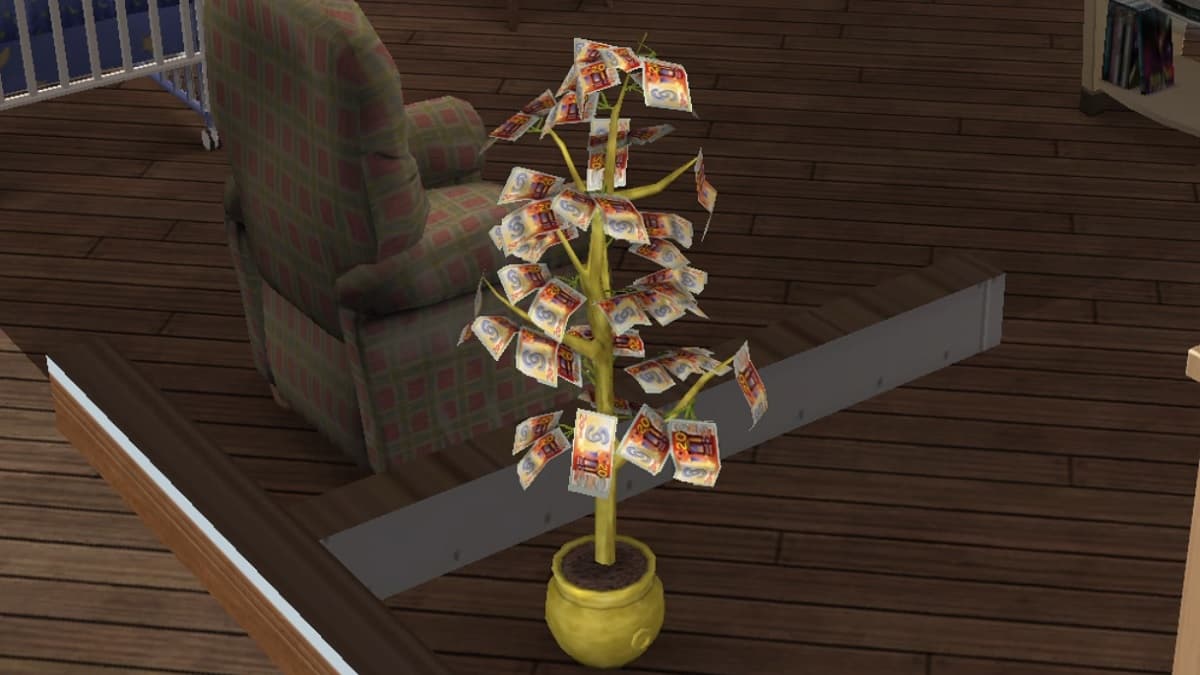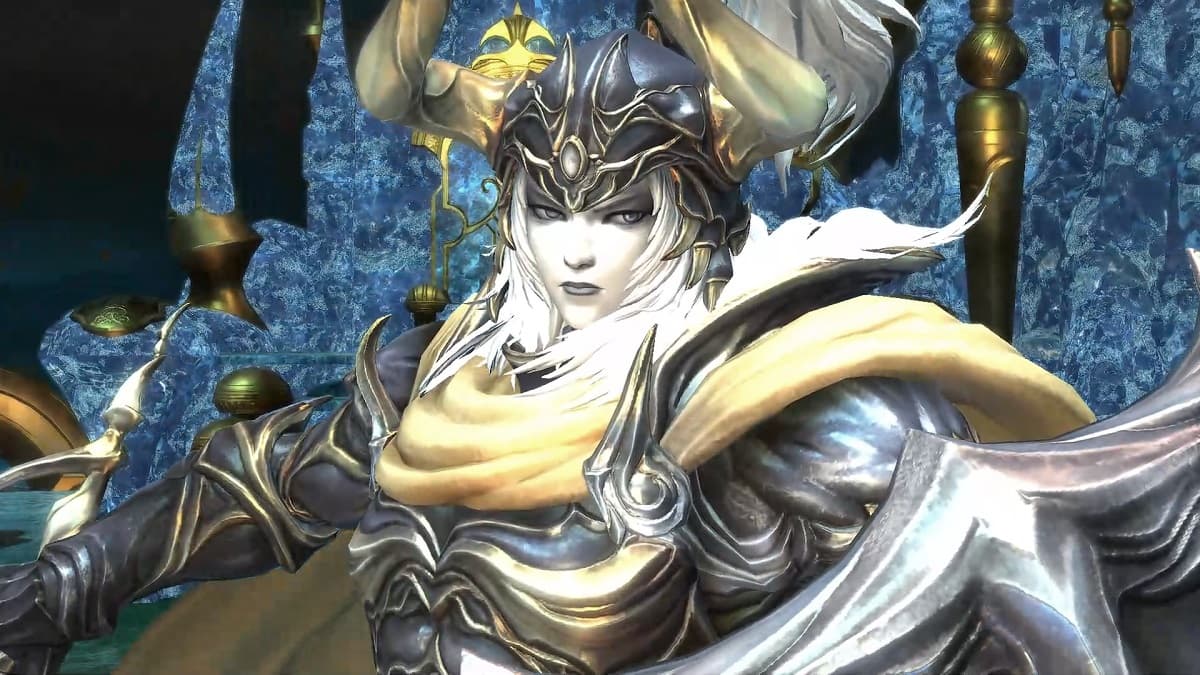If you have a young daughter or niece growing up in North American culture, it can be hard to find positive role-models for them, especially in television and film. If your aim is for them to grow up as strong, self-confident and capable individuals, finding role-models they can look to in their formative years is a difficult proposition at best.
North American created media is full of strong and capable male characters. There seems to be the notion that the male protagonist sells, the female protagonist does not.
North American culture teaches children that boys get things done, and girls support them. Which is complete bunk. But this is what our media generally teaches our children.

Disney animation is a prevalent example; you’d be hard-pressed to find any female protagonist that doesn’t require the assistance of male characters to conquer the hurdles of their story arcs. Where female characters do occupy the forefront of Disney films (and there are few of them), their stories are told with respect to their male relationships, and those relationships propel the story.
There is this notion that the female protagonist will not sell to the North American consumer.
As well-written as Pixar films can be, certainly surpassing anything Disney has written in the last three decades, there is a dearth of female protagonists in their oeuvre as well.
There are exceptions in North American media, Dora the Explorer, for instance. But even that exception has its problems. It being exceptionally simple, for one. And it having a narrow window of viewability for children.
In steps Hayao Miyazaki and Studio Ghibli of Japan. Now Japan isn’t exactly a matriarchal society. I say that facetiously, of course, because Japan is very much patriarchal. So when Miyazaki writes stories with strong and capable female protagonists, I’m sure he does it in protest and as a counterpoint to Japanese culture.
 When my niece was born, I took it upon myself to start amassing a collection of Studio Ghibli films for her as she grew up. She doesn’t speak Japanese, and kids have little patience or skill with subtitles–but fortunately, English dubs do exist. Disney, even given the poorness of their own catalogue, have to be given some kudos for having the wherewithal to release Studio Ghibli films in North America, and with quite competent English dubs.
When my niece was born, I took it upon myself to start amassing a collection of Studio Ghibli films for her as she grew up. She doesn’t speak Japanese, and kids have little patience or skill with subtitles–but fortunately, English dubs do exist. Disney, even given the poorness of their own catalogue, have to be given some kudos for having the wherewithal to release Studio Ghibli films in North America, and with quite competent English dubs.
So my niece’s first exposure to Studio Ghibli began around the age of five with My Neighbour Totoro. She gobbled that up endlessly for a couple years. From there she graduated to Kiki’s Delivery Service, Ponyo and Arrietty. After that Spirited Away, Castle in the Sky, The Cat Returns, and Howl’s Moving Castle. And finally, when she was about eleven years of age, onto the more mature titles of Princess Mononoke and Nausicaä of the Valley of the Wind.
Nothing trumps good parenting. Not even great storytelling.
In most Ghibli films featuring a female protagonist, the female wins the day on her own merits. Where a relationship with a male may be evident, that relationship does not propel the story, and often the female will rebuff any male advances until after her task is complete. If a female is rescued by a male, that favour is returned with her saving him at some point.
If you have a young daughter or niece, and you’re looking for positive, influential role models for her in the film medium, you can’t do much better than Studio Ghibli. There’s no guarantee that she’ll grow up strong and confident, that the Miley Cyruses and Jersey Shores of the world won’t eventually take over her life, but at least with Studio Ghibli you’re stepping her in the right direction from an early age. It can’t have but some positive influence.
Grades of mentioned films:
- My Neighbour Totoro: A+
- Kiki’s Delivery Service: A
- Ponyo: B
- Arrietty: B+
- Spirited Away: A+
- Castle in the Sky: A-
- The Cat Returns: A
- Howl’s Moving Castle: B
- Princess Mononoke: A
- Nausicaä of the Valley of the Wind: B+









Published: Nov 2, 2013 12:34 am